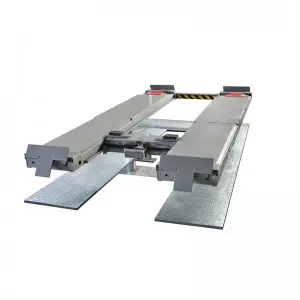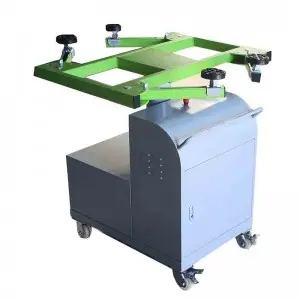From engines to containers, cylinders play a vital role in various aspects of our lives. The cylindrical shape is simple yet powerful, making it a versatile form that is utilized in countless applications. Let’s take a closer look at the technology behind cylinders and how they work.
A cylinder is a three-dimensional shape with two parallel circular bases and a curved surface connecting the bases. This shape is commonly seen in everyday objects such as cans, glasses, and, more importantly, engines. In the case of engines, cylinders play a crucial role in converting energy into mechanical motion.
One of the most common uses of cylinders is in internal combustion engines. In a typical four-stroke engine, cylinders house pistons that move up and down to generate power. The combustion of fuel and air mixture inside the cylinder creates high-pressure gases that push the piston down, which then transfers the energy to the crankshaft and ultimately drives the vehicle.

Unlocking the Secrets of Cylinder Technology: How this Simple Shape Powers Our Everyday Lives
Cylinders are also prevalent in hydraulic systems. Hydraulic cylinders use pressurized hydraulic fluid to generate linear motion. When fluid is pumped into the cylinder, it pushes against a piston, causing it to move in a specific direction. This motion can be harnessed to lift heavy objects, operate machinery, or perform precise tasks in various industries.

Unlocking the Secrets of Cylinder Technology: How this Simple Shape Powers Our Everyday Lives
The design of cylinders varies depending on their intended use. For example, double-acting cylinders have two ports for fluid entry and exit, allowing for bi-directional movement of the piston. Telescopic cylinders consist of multiple nested sections that extend and retract to achieve different lengths. And rotary cylinders utilize a rotating motion to perform tasks such as clamping or positioning objects.
Advances in materials and manufacturing techniques have improved the efficiency and durability of cylinders. High-strength alloys, such as aluminum and steel, are commonly used to withstand the pressures and forces exerted on cylinders. Precision machining and honing processes ensure smooth and accurate movement of pistons within the cylinder, reducing friction and wear.
Cylinders are also integral components in pneumatic systems, which use compressed air to generate motion. Pneumatic cylinders operate similarly to hydraulic cylinders but rely on air pressure instead of hydraulic fluid. These cylinders are often used in automation, robotics, and industrial machinery due to their clean and efficient operation.
The size and shape of cylinders can vary greatly, depending on the application. From large industrial hydraulic cylinders used in heavy machinery to miniature pneumatic cylinders found in medical devices, cylinders come in all shapes and sizes to suit the needs of diverse industries.

Unlocking the Secrets of Cylinder Technology: How this Simple Shape Powers Our Everyday Lives
In conclusion, cylinders are simple yet essential components that power a wide range of devices and systems. Whether it’s propelling vehicles, lifting heavy loads, or controlling precise movements, cylinders play a crucial role in modern technology. As engineers continue to innovate and improve cylinder technology, we can expect to see even more creative and efficient uses of this versatile shape in the future.quick car jack lift
